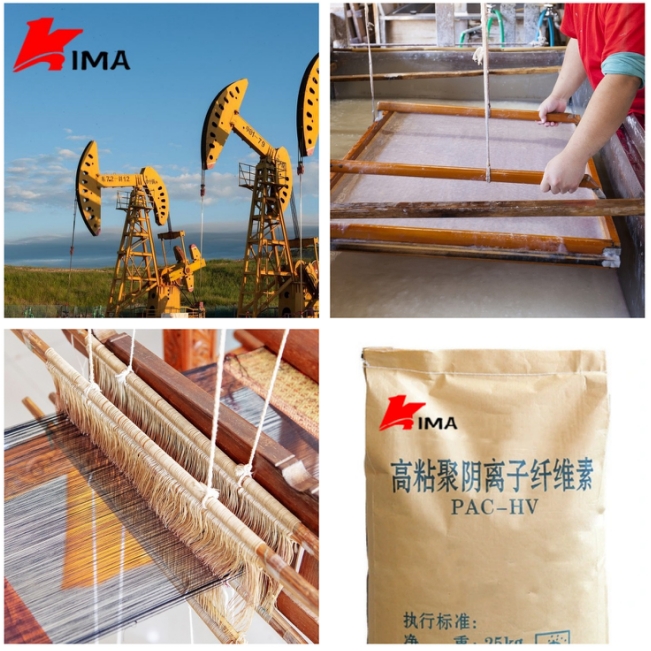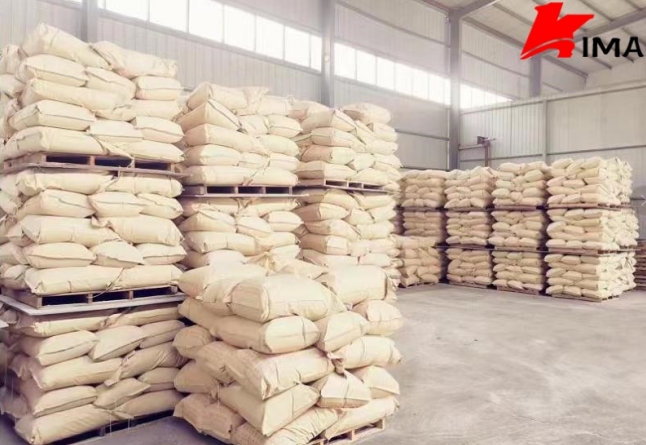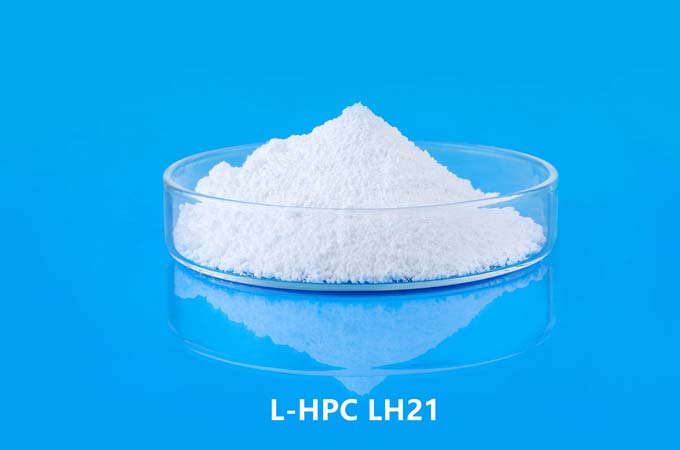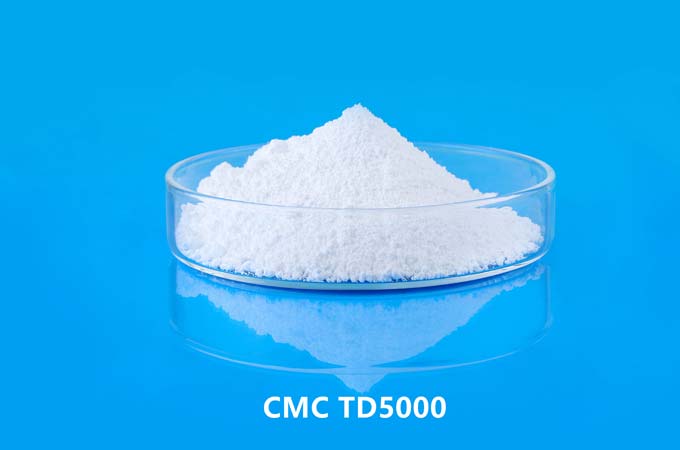Polyanionic Cellulose (PAC) is a water-soluble cellulose ether, which belongs to the modified product of sodium carboxymethyl cellulose (CMC-Na) series. Its molecular structure contains a large number of anionic groups (mainly carboxyl groups), so it has excellent solubility, thickening, water retention, and good salt and high temperature resistance. PAC is widely used in many industrial fields such as oil drilling, coatings, medicine, food, papermaking and building materials, especially in the oil drilling industry.

1. Chemical properties and structural characteristics of PAC
PAC is a linear polymer made by introducing anionic functional groups through etherification reaction based on natural cellulose. Its structural formula contains hydrophilic groups such as hydroxyl and carboxylmethyl, which makes it dissolve quickly in cold and hot water to form a transparent and viscous solution.
1.1.PAC has the following key properties:
Good water solubility: It can be quickly dissolved in cold water to form a uniform colloid.
Strong stability: It has strong adaptability to high salt, hard water and acid-base conditions.
Thickening and rheology control ability: It can increase the viscosity of the solution and improve the rheological properties.
High temperature resistance to degradation: It can withstand temperatures up to 150°C.
Environmental protection: It is derived from natural plant cellulose, biodegradable and environmentally friendly.
2. Classification of PAC
According to the degree of substitution (DS) and degree of polymerization, PAC can be divided into the following two main types:
2.1.PAC-HV (High Viscosity) High Viscosity Type
Mainly used as a thickener in drilling fluids, providing good cuttings carrying capacity and enhancing the suspension and lubricity of drilling fluids.
2.2.PAC-LV (Low Viscosity) Low Viscosity Type
Mainly used to control fluid loss and reduce filtration loss, while not significantly affecting the viscosity of drilling fluids, suitable for occasions where fluidity needs to be controlled.

3. Main application areas of PAC
3.1. Oil drilling industry
Oil drilling is the main application area of PAC. As an additive for drilling fluid, completion fluid and fracturing fluid, PAC can effectively improve the performance of drilling fluid:
Control filtration loss: Adding PAC to drilling fluid can form a dense filter cake on the well wall to prevent liquid from leaking into the formation.
Stabilize the well wall: Improve mud stability and prevent well wall collapse.
Carry rock cuttings: Enhance the suspension and carrying capacity of drilling fluid.
Excellent salt and calcium resistance: It can play a stable role even in high mineralization formations.
3.2. Pharmaceutical industry
PAC is used as a pharmaceutical excipient in pharmaceuticals as an adhesive, thickener, stabilizer, etc. It is often used in suspensions, capsule coatings, eye drops and other preparations, and has good biocompatibility and low toxicity.
3.3. Food industry
It is used as a thickener, stabilizer or suspending agent in food to improve the taste and stability of the product, such as in jelly, juice drinks, sauces and other foods. It should be noted that food-grade PAC must meet specific safety standards.
3.4. Papermaking and coatings
In the papermaking industry, PAC is used to improve the strength and surface sizing properties of paper. In coatings, it is used as a rheology modifier to improve construction and leveling properties, and can enhance the uniformity and anti-settling properties of the paint film.
3.5. Building materials
Adding PAC to cement mortar and putty powder can improve its water retention, crack resistance, adhesion and construction performance, and improve the quality of building construction.
4. Advantages and characteristics of PAC
Wide applicability: Applicable to various water-based systems, including fresh water, salt water, hard water and saturated salt water systems.
Efficient filtration control ability: Effectively reduce filtration loss under low addition conditions.
Good thermal stability and shear stability: Applicable to deep wells, high temperature and high pressure environments.
Non-toxic and environmentally friendly: Harmless to the environment and human body, in line with environmental protection requirements.
Multifunctionality: It has multiple functions such as thickening, water retention, dispersion, emulsification, and film formation.

5. Precautions for use and storage
PAC should be added to water slowly while stirring continuously to avoid agglomeration.
It is recommended to use the solution as soon as possible after preparation to avoid long-term static storage leading to degradation or contamination.
When storing, it should be moisture-proof, light-proof, sealed, and avoid contact with strong oxidants.
Polyanionic cellulose (PAC) has been widely used in many industries due to its good solubility, thickening, salt resistance and non-toxic and harmless to the human body. Especially in the oil drilling industry, PAC has become an indispensable drilling fluid treatment agent. With the development of environmental protection and green chemical industry, PAC, as a natural polymer material, will have a broader market prospect.
 English
English 日本語
日本語 français
français Deutsch
Deutsch Español
Español italiano
italiano русский
русский português
português العربية
العربية Türkçe
Türkçe Nederland
Nederland






